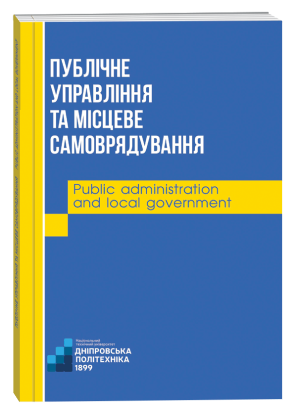FROM TRADITIONAL TO DIGITAL SOLUTIONS: MODERN ASPECTS OF THE INFORMATION AND ANALYTICAL APPROACH IN THE FOOD INDUSTRY
DOI:
https://doi.org/10.32782/2414-4436/2024-3-8Keywords:
information-analytical approach, digitalization, food industry, digital transformation, smart contracts, blockchain, digital ecosystemAbstract
The article highlights the key features of implementing an information-analytical approach in the context of the digital transformation of the food industry, which has become relevant given today’s demands for transparency, quality, and product competitiveness. The key elements of the information-analytical approach are examined, implemented through tools for collecting, processing, and analyzing big data, as well as integrating Internet of Things (IoT) and Artificial Intelligence (AI) technologies, which optimize management decisions by reducing human impact and increasing production efficiency. The models of «Big Data and Analytics» and «Forecasting and Modeling» are analyzed, providing businesses with the ability to respond more flexibly to market changes and minimize risks through scenario-based forecasting and modeling. Challenges in the digitalization process are explored, including the lack of resources among small and medium enterprises to implement costly informationanalytical technologies, a shortage of qualified personnel, and the absence of unified standards for data processing and storage. It is identified that a critical factor for successful digitalization is the creation of comprehensive state infrastructure support that promotes the integration of new technologies into the food industry through financing mechanisms, innovation incentives, and professional training support. Attention is drawn to the need for coordinated efforts among the government, businesses, and educational institutions to create the necessary conditions for the digital transformation of the industry, ensuring cost reduction, increased efficiency, and long-term sustainable development. The understanding of the role of state regulation in supporting digitalization has been expanded, including initiatives to establish a regulatory framework that ensures transparency and meets the requirements of the digital economy. Recommendations are provided on the application of information-analytical tools to improve supply chain management, enhance quality control, and ensure stability in production processes. Conclusions are drawn on the necessity of government-business interaction to create a competitive and resilient food industry capable of addressing global challenges.
References
Shannon С. A Mathematical Theory of Communication. The Bell System Technical Journal. 1948. Vol. 27. Р. 379–423, 623–656.
Neumann J. Theory of Self-Reproducing Automata. Illinois : University of Illinois Press, 1996. pp. 388.
Варенко В. М. Інформаційно-аналітична діяльність : навч. посіб. Київ : Університет «Україна», 2014. 417 с.
Бойко Н. В. Інформаційно-аналітична діяльність органів місцевого самоврядування – важлива складова процесу прийняття управлінських рішень. Бібліотекознавство. Документознавство. Інформологія. 2020. № 1. С. 65–71
Каракай М. С., Коломієць Є.В., Касьянюк С.В. Структура та зміст інформаційно-аналітичної системи державного управління. Державне управління: удосконалення та розвиток. 2020. №1.
Семчук Ж. В. Публічне Управління: Цифрові Аспекти Трансформації. Академічні Візії. 2022. № 3. С. 15–25.
Труш О. О., Василенко Д. В. Iнформацiйно-аналiтична діяльність у системі публічного управління. Центральноукраїнський вісник права та публічного управління. 2023. № 4. С. 49–55.
Бортнікова М., Чиркова Ю. Особливості формування та реалізації smart-контрактів в Україні. Економічний простір. 2022. № 181. С. 79–83.
Куліш Д. Застосування технології блокчейну в ланцюзі поставок в процесі формування стратегії зовнішньоекономічної діяльності підприємств. Modeling the development of the economic systems. 2024. № 1. С. 22–32.
Балабанов О.С. Аналітика великих даних: принципи, напрямки і задачі (огляд). Проблеми програмування. 2019. № 2. С. 47–68.






